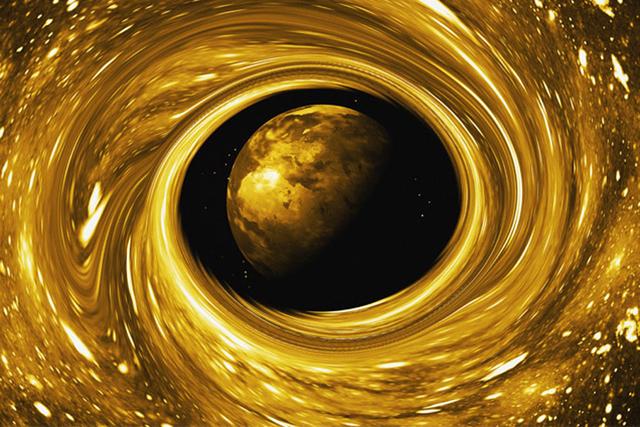The difficulty in making final determinations is that there are often acres of room for interpretation. Imagine standing in a field at night and trying to decide how far away two distant electric lights are. Using fairly straightforward tools of astronomy you can easily enough determine that the bulbs are of equal brightness and that one is, say, 50 percent more distant than the other. But what you can't be certain of is whether the nearer light is, let us say, a 58-watt bulb that is 122 feet away or a 61-watt light that is 119 feet, 8 inches away. On top of that you must make allowances for distortions caused by variations in the Earth's atmosphere, by intergalactic dust, contaminating light from foreground stars, and many other factors.

The upshot is that your computations are necessarily based on a series of nested assumptions, any of which could be a source of contention. There is also the problem that access to telescopes is always at a premium and historically measuring red shifts has been notably costly in telescope time. It could take all night to get a single exposure. In consequence, astronomers have sometimes been compelled (or willing) to base conclusions on notably scanty evidence. In cosmology, as the journalist Geoffrey Carr has suggested, we have "a mountain of theory built on a molehill of evidence." Or as Martin Rees has put it: "Our present satisfaction (with our state of understanding) may reflect the paucity of the data rather than the excellence of the theory."












